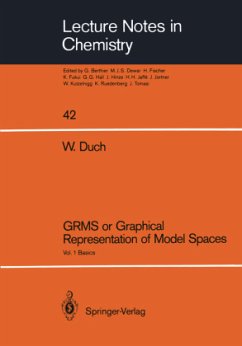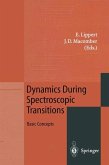The purpose of these notes is to give some simple tools and pictures to physicists and ' chemists working on the many-body problem. Abstract thinking and seeing have much in common - we say "I see" meaning "I understand" , for example. Most of us prefer to have a picture of an abstract object. The remarkable popularity of the Feynman diagrams, and other diagrammatic approaches to many-body problem derived thereof, may be partially due to this preference. Yet, paradoxically, the concept of a linear space, as fundamental to quantum physics as it is, has never been cast in a graphical form. We know that is a high-order contribution to a two-particle scattering process (this one invented by Cvitanovic(1984)) corresponding to a complicated matrix element. The lines in such diagrams are labeled by indices of single-particle states. When things get complicated at this level it should be good to take a global view from the perspective of the whole many-particle space. But how to visualize the space of all many-particle states ? Methods of such visualization or graphical representation of the ,spaces of interest to physicists and chemists are the main topic of this work.








